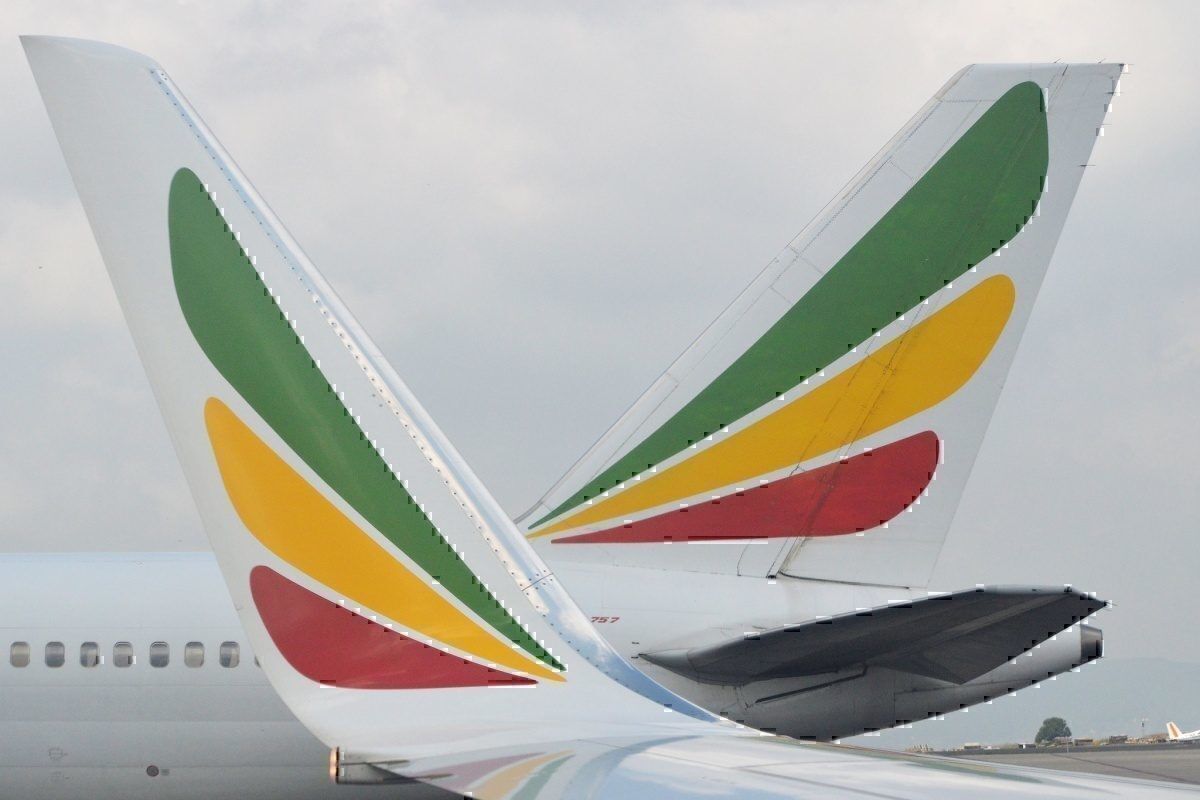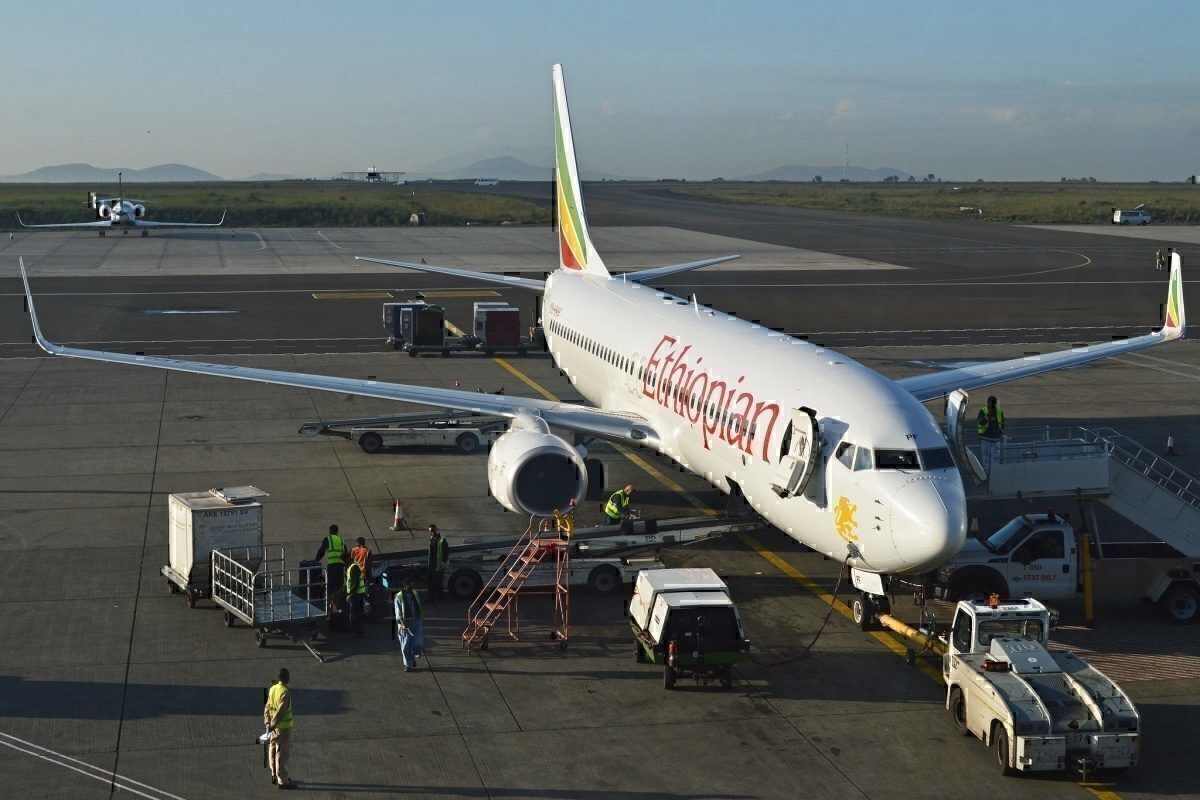Ethiopian Airlines established itself as the crown jewel of African carriers over the last decade. The airline is the largest carrier on the continent, but more importantly, it is also the fastest growing. Recent reports tell a story of success, with growing passenger numbers and increasing revenue. Simple Flying has taken a closer look at the airlines' success and found it to be built on an ambitious strategy set out nine years ago. The carrier has certainly gone from strength to strength, exceeding even its own expectations.
A brief history
Ethiopian Airlines was founded in 1945, commencing its first flight in 1946. The carrier started out with five surplus American Douglas C-47 Skytrains, soon establishing a regular weekly flight schedule.
By 1996 its route network stretched from Europe to China and Thailand, with representation in the Middle East and the Indian sub-continent. During this time, its African routes also expanded significantly.
Fast-forward to 2019 and Ethiopian Airlines boasts the title of the largest carrier in Africa by revenue and profit. It now services over 100 destinations with a fleet of over 100 aircraft.
Rapid growth
The African airline carrier has experienced an incredible period of growth since 2010. This came on the back of the launch of its '2025-vision' in 2010, which set out clear goals and targets for the carrier to become the leading airline carrier on the continent.
In fact, things have been going so well that Ethiopian Airlines had to revise its own goal of doubling its fleet size by 2025. Initially aiming for 120, the number was adjusted in 2018 to 150 - having already entered over 100 into service.
“We have expanded more than we planned,” said CEO Tewolde Gebremariam in a Reuters report.
Further increases for the carrier have manifested in its growing number of passengers. Ethiopian Airlines saw a 14% increase in passengers over the last year, which is all the more incredible when one considers IATA's average predicted growth in numbers for Africa to be at 4.6% until 2037.
This comes after an even more impressive 18% growth in 2018. The Ethiopian national airline is outstripping the continental average by nearly 10%.
The rapid increase in passenger numbers has led to the establishment of a 118-strong fleet, offering commercial travel as well as a vast cargo network. Aided by passenger numbers and growing demand for its cargo services, the airline posted an operating revenue jump of almost 30% for the year at 31 July 2019 - US$3.9 billion to be exact. It shows the airline building on its previous success, with Reuters reporting Ethiopian Airlines' annual revenue for 2017-2018 at US$3.7 billion.
In January of this year, a new passenger terminal in Addis Ababa was launched. It accommodates up to 22 million passengers a year, making it the largest aviation hub in Africa. Reuters reported
The achievements are being recognized as well, with Ethiopian Airlines securing the best economy class and business class options available in Africa at the 2019 Skytrax World Airline Awards.
Competition in Africa
The growing African aviation market has alerted other carriers on the continent to the importance of progress, in order to tap into the potential on offer. With over 100 airlines competing within the African market, Ethiopian Airlines is powering on and outstripping its continental rivals.
Most national carriers are in the process of developing its operational structures, while the East African airline is already developed and looking forward to its 2025 vision.
The other African giant, South African Airways, is mired in financial scandal and disruption and it sits in stark contrast to Ethiopian Airlines. It almost seems like the old making way for the relatively new. The only question is how far will the Ethiopian carrier go, and what further innovation will it bring to the second largest passenger market growth in the world?



